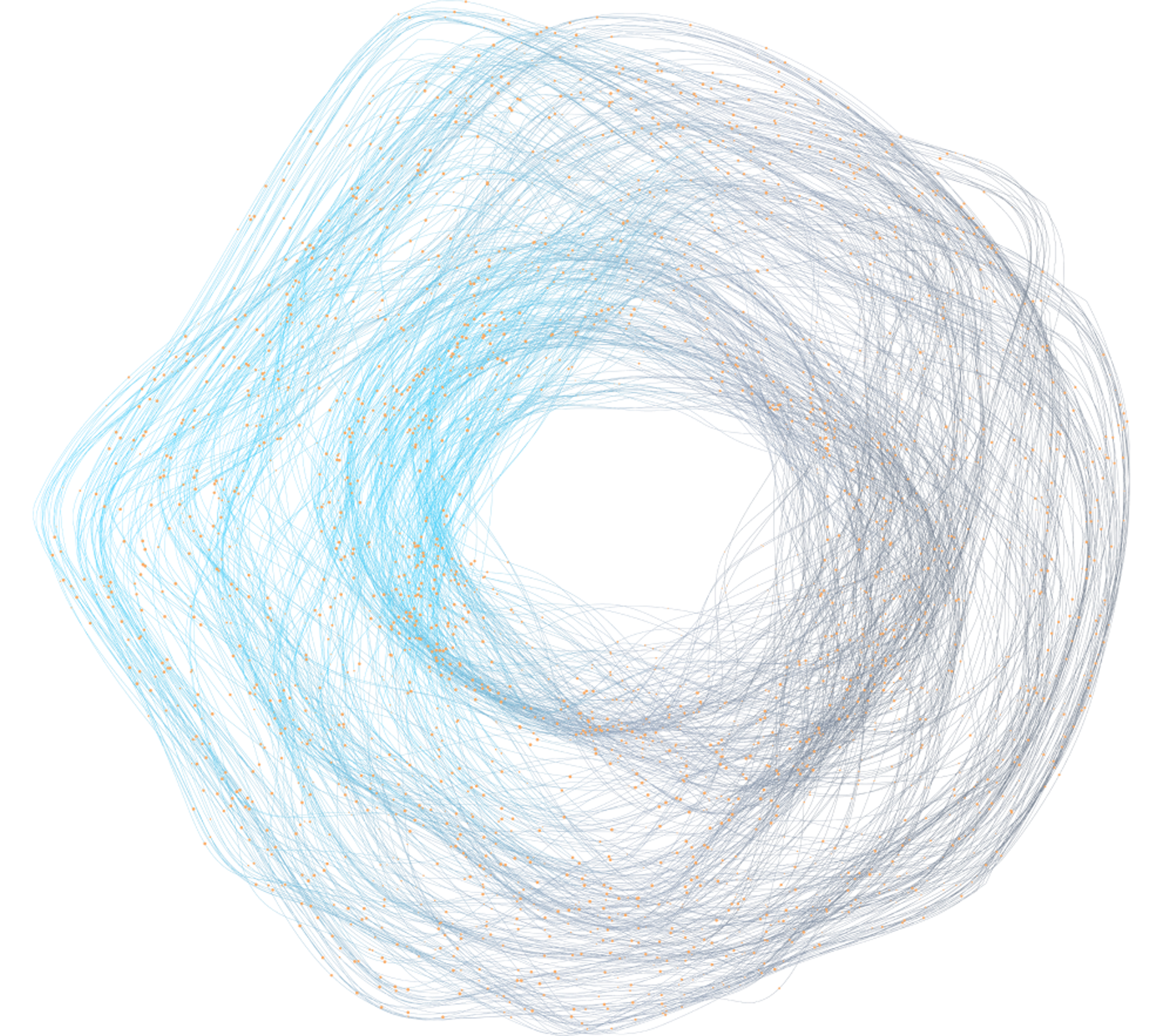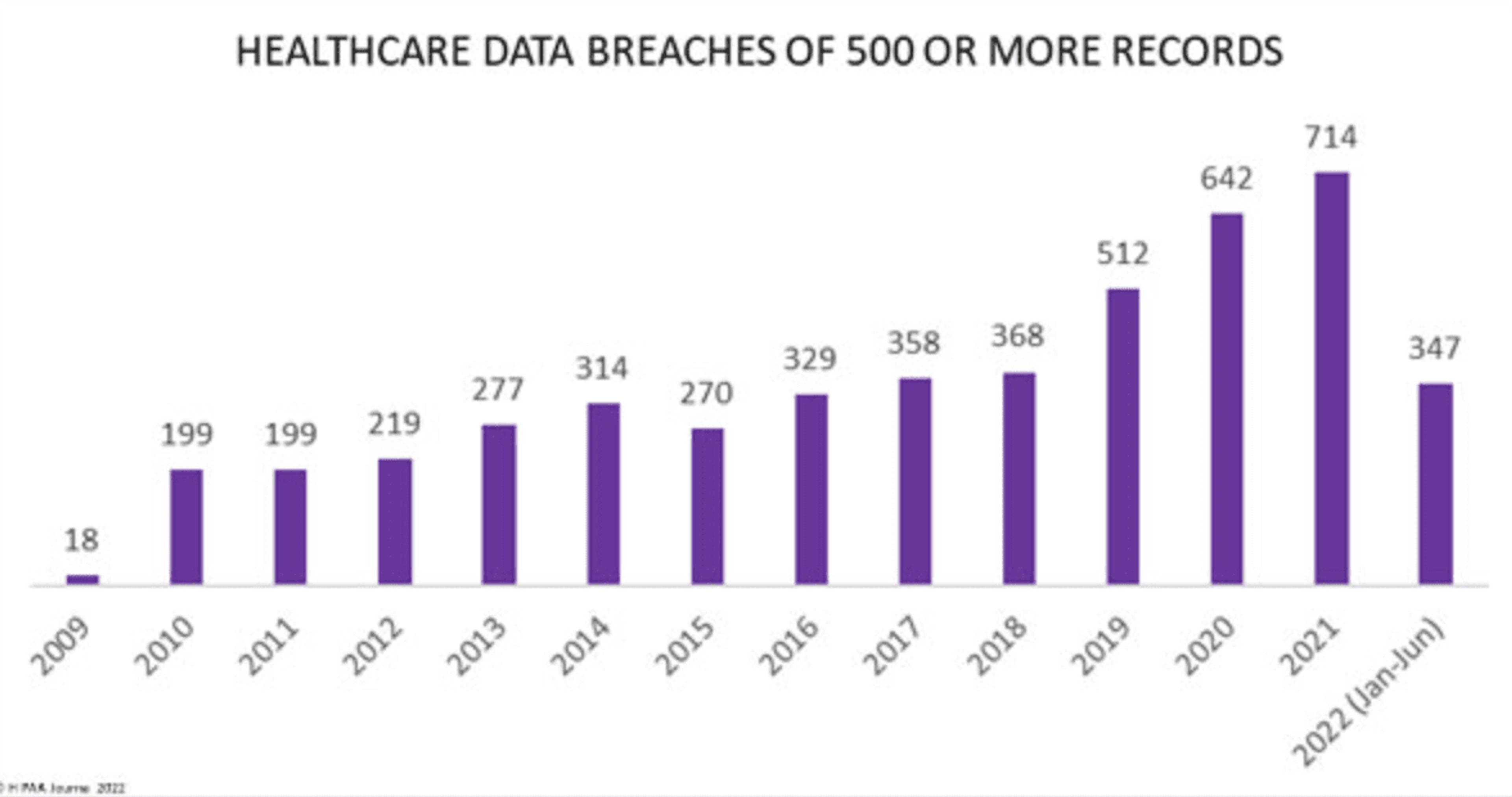blog
5 Digital Patient Engagement Platforms and Solutions

SECTIONS
Patient engagement takes center stage in life science and biotech industries as technology eliminates data siloes and individual treatment plans. Instead, providers work together to improve patient outcomes through unified patient life cycle care.
Explore five patient engagement platforms you can use to improve your treatment and patient care.
Key Takeaways:
- Patient engagement involves patients in their care and monitors them throughout their life cycle.
- Patient engagement solutions connect patients with providers and manage data in a single source.
- Use solutions that are secure and built for your specific needs in the biotech industry.
How Patient Engagement in Life Sciences is Changing
Patient engagementOpens in a new tab is taking on a new meaning for life sciences companies. Your goals now expand further than providing siloed and standalone patient services. Life sciences today use patient engagement platforms and solutions to connect with patients throughout their entire life cycle. This connection allows life science companies to improve patient outcomes through prevention and more personalized care and treatment options.
In the past, patient engagement in life sciences meant more access to treatment enrollment, education, and financial assistance. However, as patient data access increases, life sciences companies can provide more comprehensive and connected care that integrates seamlessly with the patient’s broader health journey.
At the core of this new structure of patient engagement are technologies and software that collect, secure, and share data. Then each provider can access the patient’s complete history and make more informed treatment decisions. In addition, patients can take a more proactive role in their health and care.
What Patient Engagement Platforms and Solutions Need
Reliable patient engagement platforms have four primary functions that allow care providers at every stage to understand the patient journey and for the patient to understand their treatment options.
Data Management
Data is driving the patient engagement transformation since it makes connected and personalized care possible. Reliable platforms and solutions prioritize data management to ensure information is secure and they follow all privacy rules.
Data management also includes controlling and seamlessly sharing patient information with essential providers in the patient’s journey. For instance, the primary care provider and care providers from clinical trials can work with the same patient data, so they’re informed on what the other is doing for the patient.
Patient Services
Educating patients on their disease and treatment options allows patients to take a more active role in their care. Patient services connect marketing and care through educational resources. Patients use these resources to identify diseases earlier, prevent health complications, and choose the best treatment and care.
Patient services also provide support so they can easily make appointments, find providers, and find financing options.
Care Partnerships
Integrating multiple systems allows patients to have a unified experience. Through system integrations, providers and patients can use add-ons from third-party suppliers to improve their technology capabilities.
For example, wearable devices from third parties like the Apple Watch can integrate into the patient’s health delivery system so their providers can see critical information like their heart rate.
Analytics
Analytics that span all channels and healthcare systems provide a comprehensive report. Providers use the insights to improve services and patient outcomes.
5 Digital Patient Engagement Software and Solutions
Use these five digital patient engagement solutions to improve your care and treatment plans.
Some of the top telemedicine platformsOpens in a new tab include:
2. Patient Mobile Apps
Mobile apps allow patients to receive care from their phones. Medical apps also enable patients to share information and access their details from a convenient mobile device.
Patient apps help with a variety of functions, including:
- Medical notifications
- Nutrition tracking
- Fitness tracking
- Medical record management
These functions keep patients accountable between provider visits to ensure they follow their treatment plans.
Some of the top patient mobile app solutions include:
- MyChart: Shows personal health information and connects patients with their provider
- Health app: Saves health information from fitness devices like smartwatches, including heart rate, activity, and nutrition
- Medisafe Pill Minder: Reminds patients to take medication and go to appointments
- MyFitnessPal: Tracks health and fitness activities, sleep, and nutrition
3. Artificial Intelligence
With more patient data available, providers are dealing with larger datasets. These datasets can be difficult to manage manually and find relevant insights. However, artificial intelligence and machine learning platforms allow providers to find insights from large datasets more accurately and in less time.
4. Crisis Platforms
COVID-19 showed healthcare providers why they must prepare for crises. There is so much misinformation due to social media and other digital channels.
Healthcare providers can combat misinformation through crisis platforms. In addition, these technologies also allow companies to streamline processes to speed up care.
For instance, companies can use technology when there are crises to reach and register blood donors.
5. Data Management Platforms
Data management systems collect and secure patient data. These systems create a single source of truth for healthcare providers. That way, anyone who treats patients can view their complete health history in real-time.
When providers use data management platforms, they ensure data quality. Manually passing along data or working with outdated data can lead to misdiagnosis and poor patient outcomes. Meanwhile, data management platforms keep data consistent between providers.
Data management platforms also track who can access a patient’s data to improve privacy. Data breaches are increasing, so healthcare providers must take extra measures to secure data. Restricting access and supporting accurate data are two ways to keep patient data safe.
Healthcare data management platforms should also meet CCPA, HIPAA, GDPR, and other regulatory requirements.
Gaine provides data management solutions built for the specific needs of data sciences and biotech industries. Our platform meets the latest requirements and allows for secure and quality data management across providers. Through our system, your providers can access a single source of truth when treating patients throughout their journey.

Improve Your Digital Patient Engagement
Gaine is your scalable data management solution for improving patient engagement. We offer a solution built around life science needs to connect every patient interaction so care providers understand patients better and can improve patient outcomes. Our system also connects with all your other third-party patient engagement technologies for a unified experience without workflow disruptions.
Visit our platform to learn more about our patient engagement solution.
